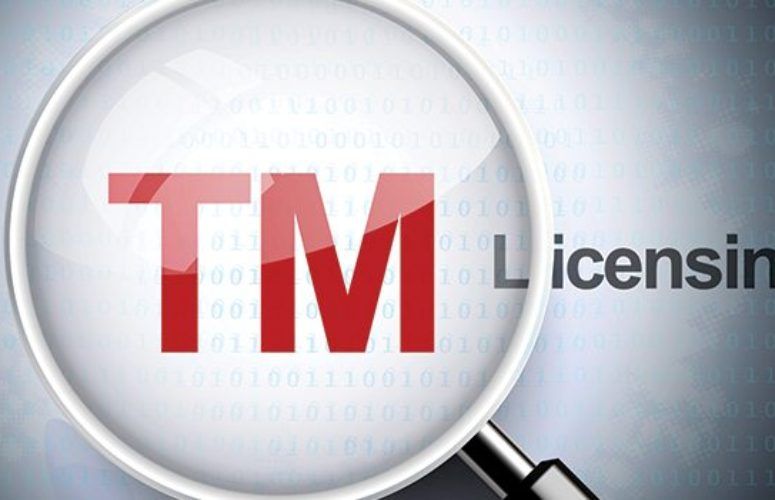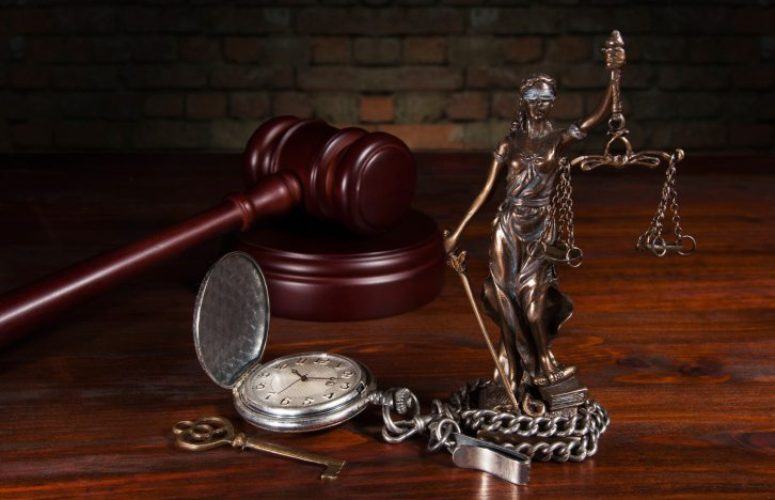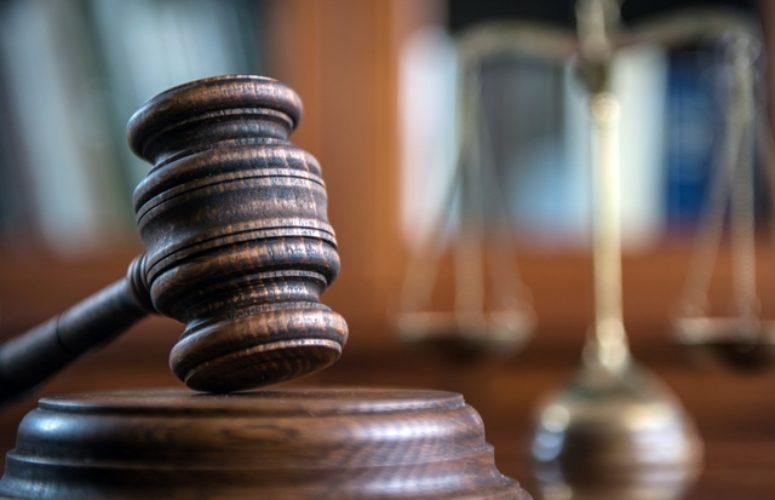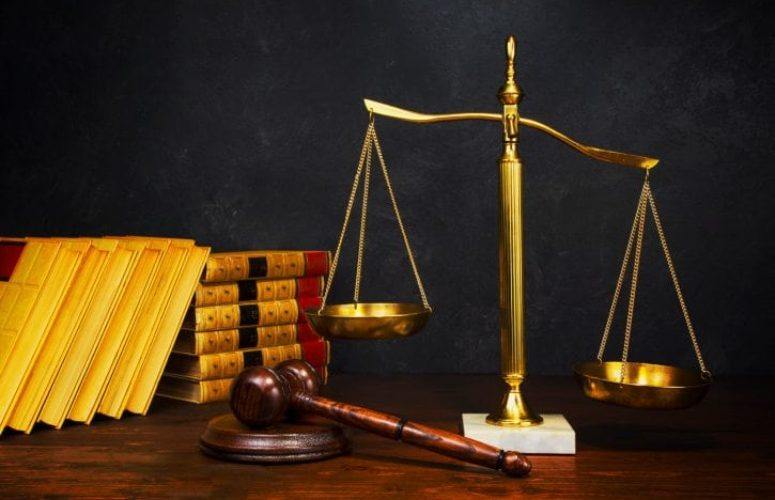
Intellectual Property Protection
Groundbreaking ways to help businesses secure, protect and enforce patents and trademarks.
By Lorna Pappas, Contributing Writer On Jun 27, 2016New Jersey is and always has been an advanced technology state, with ongoing developments in pharmaceutical, electronic, medical device and other high-tech segments. Our powerful network of entrepreneurs, think tanks, startups, established businesses and state agencies are dedicated to driving product development and business growth in the state. With this rapidly evolving technical landscape and its shifting legal issues comes the need for greater asset preservation, protection and enforcement.
Intellectual property includes inventions, brand names and processes. It also refers to the application, right or registration related to these properties.
“Foremost, IP protects your research and development capital investment from being absconded by anyone else, either knowingly or unknowingly,” explains Keith Taboada, partner at Patterson & Sheridan, LLP, of Shrewsbury. “A well-planned IP portfolio provides: offensive and defensive leverage against potential litigants in your marketplace; licensing revenue; and opens doors to new business opportunities, while providing a tangible asset that increases the value of your company. Additionally, protection of the innovations that make your products different and more desirable is essential in today’s global environment, one that rapidly can produce low-cost imitations. Thus, a robust and strategic IP portfolio is essential for protecting your market share, while allowing you to enjoy greater margins and profits by keeping competitors at bay.”
Trademarks and patents both are forms of IP, though quite different from one another. While thousands of technical documents explain their nuances, some of New Jersey’s top IP attorneys have summarized their key points for New Jersey Business readers.
Trademarks
Almost any word, slogan, package design, symbol and/or other indicator that distinguishes the source of goods and services of one party from those of others may be trademarked without the process of registration.
In fact, simply using a trademark continuously in commerce is a method of creating rights in that mark, explains Marc Haefner, partner with Connell Foley, LLP, of Newark. “While it is not required to register a mark at the beginning of use to obtain protection, there are substantial additional protections that come with registering a mark.”
To obtain a New Jersey trademark registration, one must file a form with the Department of Treasury’s Trademark Office. “While hiring a lawyer to fill out the form is not a necessity, an attorney can provide guidance on its technical aspects,” notes Haefner.
In the United States, trademark rights arise out of actual use in the marketing areas that a business sells its goods or offers services branded with that mark. The business first to use the mark with goods or services in its marketing area has the right to prevent subsequent businesses from using either the same mark or one likely to cause confusion with its mark in those territories. These are called “common law” trademark rights.
A federal trademark registration goes further by providing a nationwide priority of rights over later users of the trademark, regardless of which state or states the initial user first utilized the trademark, explains Robert Schoenberg, partner with Riker Danzig Scherer Hyland & Perretti, LLP, of Morristown. “To apply for federal trademark registration, the applicant must be using the trademark in interstate commerce, not just within a local area in a state, or have a bona fide intent to use the mark within three years after the Trademark Office approves the mark for registration. Once the registration issues, the owner of the mark can apply the registered trademark symbol (®) to discourage others from adopting the same mark. Of course, whether to use a trademark locally or register it under the federal scheme is a matter businesses should discuss with an experienced trademark attorney.”
Patents
In contrast to trademark law, using an invention without obtaining a patent on it can cost an inventor dearly.
A patent for an invention is the grant of a property right to the inventor, according to and issued by the United States Patent and Trademark Office (USPTO). The right conferred by the patent grant is “the right to exclude others from making, using, offering for sale or selling” the invention in the United States or “importing” the invention into the United States. The property right excludes others from making, using, offering for sale, selling or importing the invention. Once a patent is issued, the patentee must enforce the patent without aid of the USPTO.
What’s new? Signed in September 2011, the America Invents Act (AIA) changed the US Patent system from a “first-to-invent” system to a “first-to-file” system for patent applications filed on or after March 16, 2013. “Thus, if two inventors claim the same invention, the patent is granted to the inventor who first filed a patent application with the USPTO, rather than to the inventor who first conceived and reduced to practice the invention,” explains Robert Brush, attorney at Patterson & Sheridan, LLP. “The AIA also expanded post-grant proceedings that can be used by third parties to challenge the validity of issued patents at the USPTO as an alternative to, or in conjunction with, filing civil actions in Federal Court.”
Protection against patent infringement starts after a patent application issues as a patent, not at the time of filing of the patent application, says Brush. In limited circumstances and only after an application issues as a patent, a patentee can assert claims against infringing acts that occurred after the application was published, which normally occurs around 18 months after the application was filed.
The time between filing a patent application and its final disposition is 26 months on average, but can vary significantly depending on the underlying technology.
Since 1995, the standard term of a US Patent has been 20 years from the date the application was filed, continues Brush. “A patent holder must pay a series of maintenance fees in order to keep the patent in force for the entire 20-year term. The standard term can be extended in cases of USPTO delays during prosecution of the application and in cases for delays in regulatory approval for products subject to pre-market approval (for example, pharmaceutical products).”
Brush reports that current government fees for filing a patent application range between $1,600 for a large corporate entity and $400 for an individual inventor. Typical legal fees for preparing a patent application can range from $5,000 for a simple invention to $20,000 for a complex one. Legal fees also can vary based on the complexity of the underlying technology as well as the desired scope of patent protection. “For example, innovations relating to core and pioneering technology are often more rigorously pursued compared to product improvements with less revenue impact,” he states.
Primary Roles of an IP Attorney
Attorneys specializing in IP law help individuals and companies identify protectable properties, and then guide them into making properties commercially viable assets. IP attorneys should be contacted early on, to avoid the expense of protecting an advancement that may never go to market.
“IP law specialists work closely with innovative researchers and businesses to help protect research investments and create asset value in a dynamic, global market,” states William Mentlik, managing partner with Lerner, David, Littenberg, Krumholz & Mentlik, LLP, of Westfield. “Many businesses go through the time-consuming and expensive process of earning a patent, but then find their advancements never seeing the light of day. This is a significant problem. An IP attorney has the expertise to assist businesses in deciding what level of protection should be pursued, and whether they should pursue protection at all. A business’ time, energy and legal dollars should be focused only on an asset found to be worthy of protection.”
For assets that were patented, but never developed, an IP attorney can help businesses with similar, but perhaps improved, innovative assets to identify and focus on what’s different, better and more commercially acceptable, to increase likelihood of development success.
“Another challenge is the speed of technological innovation today and the unpredictability of market acceptance of those technologies,” Mentlik says. “An asset could be the subject of tremendous investment, but by the time it hits the marketplace, the patent and marketplace technology may not align. A good IP firm will guide its clients through these uncertainties.”
Enforcement is another element of patent protection and a significant problem faced by high-tech companies, Mentlik adds. Patent owners have the right to keep using an asset in the face of a challenge by a competitor or even a non-practicing entity. Litigation is expensive. A good patent attorney is critical to the successful audit, enforcement and defense of an IP asset.
Technological advancements by New Jersey companies are creating superior product differentiations that may compete not just locally, but in a global market. Therefore, seeking and obtaining competent IP legal counsel has become essential, Mentlik asserts. “A very arcane, hard-to-navigate set of rules must be followed. IP legal advice is not a commodity,” he declares.
“New advancements as well as the landscape of IP law is rapidly evolving in New Jersey, the US and abroad,” Taboada adds. “Given the increasingly global reach of many companies here in the state, IP attorneys must stay vigilant of the constantly shifting IP legal issues, which are so critically essential for the realization of New Jersey’s business goals in a global marketplace.”
Related Articles:






